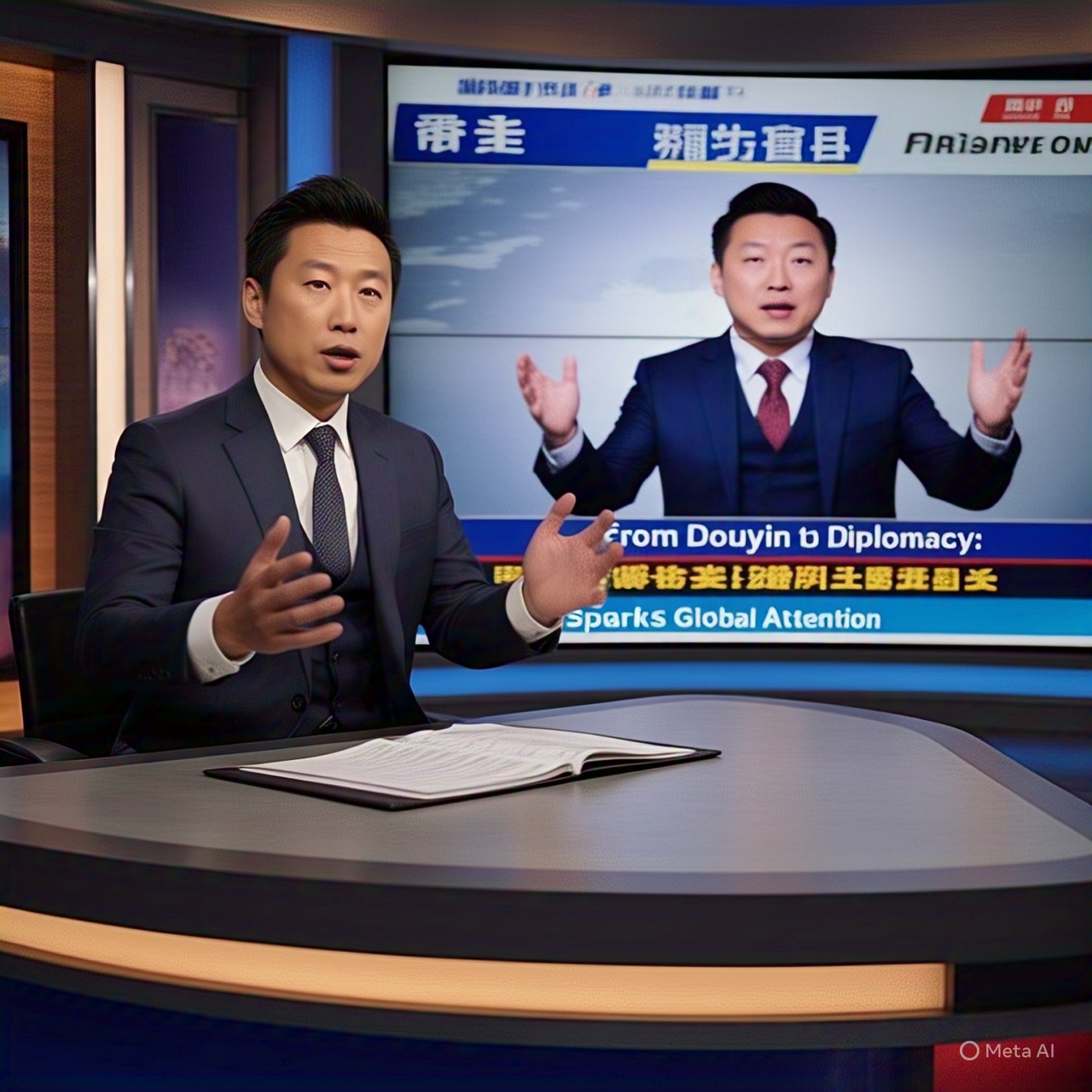A symbolic beach landing video by unknown Douyin user Shandong Kaige ignited a viral storm across Chinese social platforms, eventually morphing into a strategic narrative pushed by state-backed media. The incident highlights the growing power of online communities in shaping geopolitical discourse, where personal content can be transformed into powerful digital propaganda.
🌏 From Douyin to Diplomacy: Viral Taiwan 'Invasion' Sparks Global Attention
🎥 A Video That Shook the Digital World
It all started with a shaky handheld video. On June 20, 2025, a clip posted by a relatively unknown user on Douyin—the Chinese counterpart of TikTok—showed what appeared to be a landing operation on a beach near Taiwan’s coast. The video was short. Just over thirty seconds. No faces were visible. The camera jostled with every step. The only audio was the soft rumble of waves, punctuated by distant voices in Mandarin. But the caption hit hard: “Landing has begun. Taiwan is within reach.”
Within hours, the video exploded across Chinese social media. Comments flew in. Shares climbed into the hundreds of thousands. Within twenty-four hours, the clip had jumped borders, hitting platforms like Twitter/X, YouTube, and Reddit. Hashtags like #TaiwanLanding and #DigitalInvasion began trending globally.
But here’s where it got even more interesting—it wasn’t just internet users reacting. State-run media in China picked it up, without disclaimers, without verification. By June 21, the video was being shown in curated form on national TV. Suddenly, a clip from an anonymous Douyin user had become a centerpiece in a global political drama.
🚨 The Spark on Douyin: “Shandong Kaige” and the Viral Flame
The Douyin account behind the clip goes by the name “Shandong Kaige”. Until last week, Kaige had fewer than 5,000 followers. Most of their content featured seaside vlogs, fishing tips, and shots of naval ships from public docks. There was nothing particularly unusual about the account.
That changed in one post.
The moment the “Taiwan landing” video went live, Kaige’s following multiplied. Views skyrocketed. By the end of the day, nearly 4.2 million people had seen the video on Douyin alone. It triggered debates not just in China but worldwide. Was it real? Was it staged? Was this citizen journalism or coordinated psychological operations?
While Kaige never followed up with clarifications, the timing of the upload—just days after an intense U.S.-Taiwan naval drill—raised questions. Was this part of a narrative push? Or simply a bored fisherman who stumbled upon something that looked bigger than it was?
Whatever the truth, the platform dynamics did the rest. Douyin’s powerful AI algorithm sensed engagement spikes. It kept feeding the video to more users, more eyes. Comments were furious, proud, skeptical, confused. And the virality kept building.
📱 How Online Communities Amplified It: From Obscurity to State Narrative
The clip didn’t stay on Douyin for long. As is often the case in today’s hyperconnected internet, content finds its way across platforms, across borders. First came Weibo, China’s Twitter equivalent. The video surfaced with nationalistic captions: “Heroic sons of the nation,” “Taiwan is ours.”
Then came the WeChat shares. In thousands of private and semi-public groups, users debated its meaning. Screenshots began to show up on QQ and Bilibili. People began layering the video with dramatic music. Commentary flooded in from all sides—some arguing this was the first soft move in a potential takeover, others dismissing it as a prank.
By the morning of June 21, the video had crossed the digital wall. Telegram groups in Taiwan picked it up. Reddit threads dissected the shadows, audio, and geographic markers. Some Taiwanese commentators speculated that the beach shown was nowhere near military zones. Others pointed out details in uniforms, footprints, or even wave patterns to argue its authenticity or lack thereof.
And then came the real shift: CCTV and Global Times—both closely aligned with Chinese state messaging—ran segments featuring stills from the video. They did not call it fake. Nor did they call it real. Instead, they let the ambiguity sit, simmer, provoke.
This tactic wasn’t new—but it was effective. It let speculation drive engagement. It let digital communities do the work. A simple video transformed into a soft-power moment. It wasn’t a declaration of war—it was a test of the world’s imagination.

















Comments 0